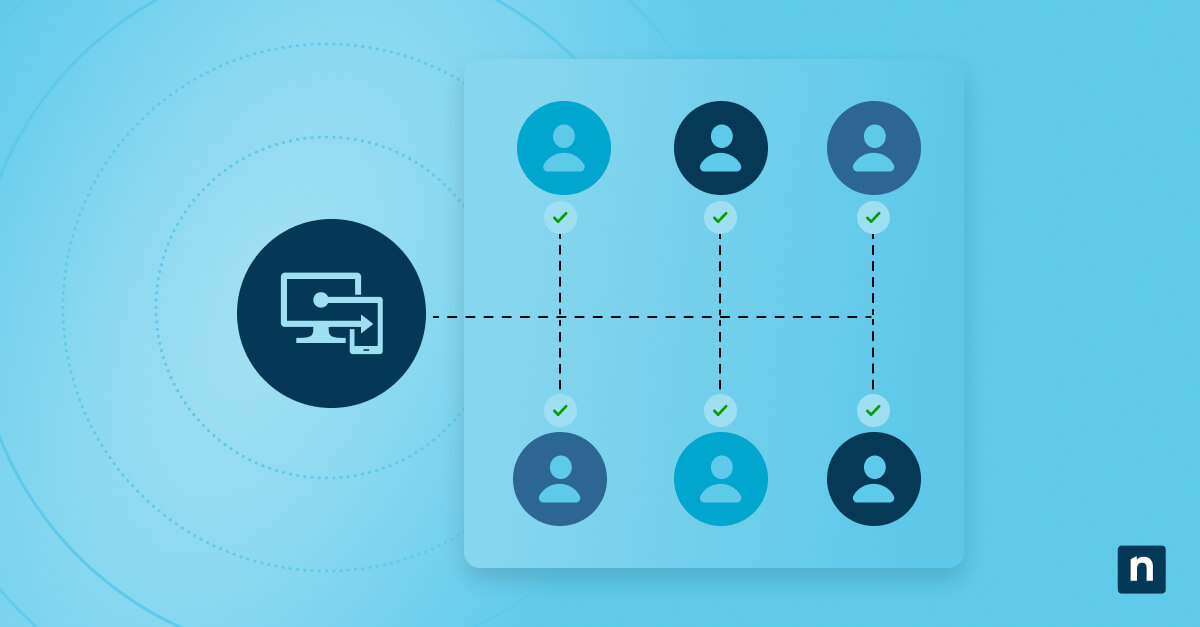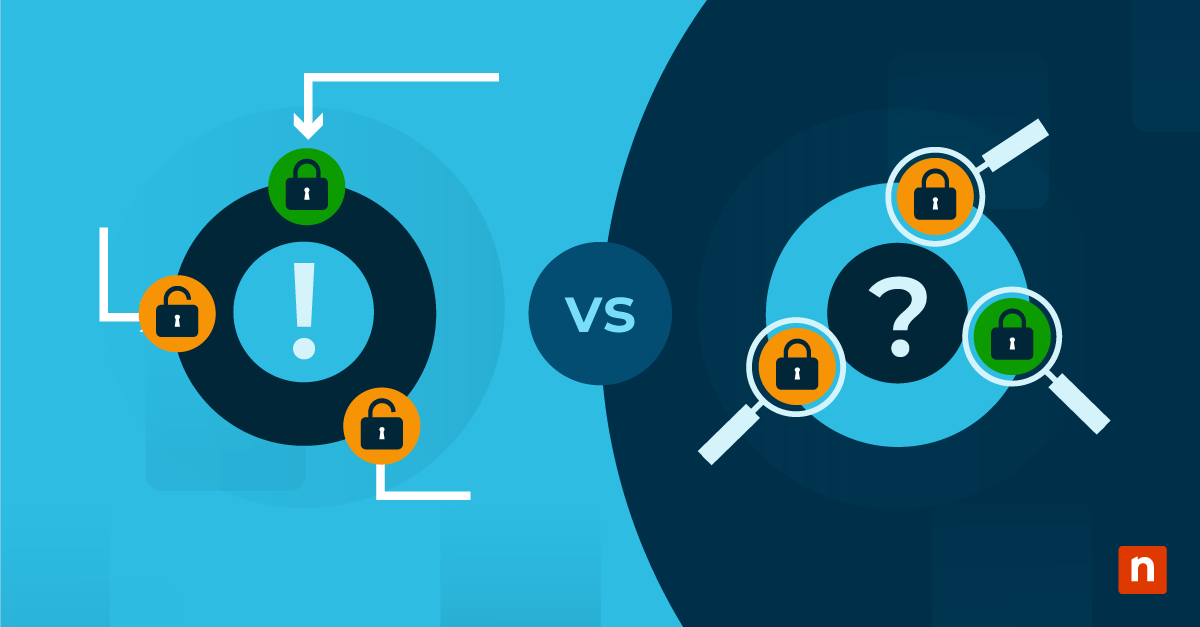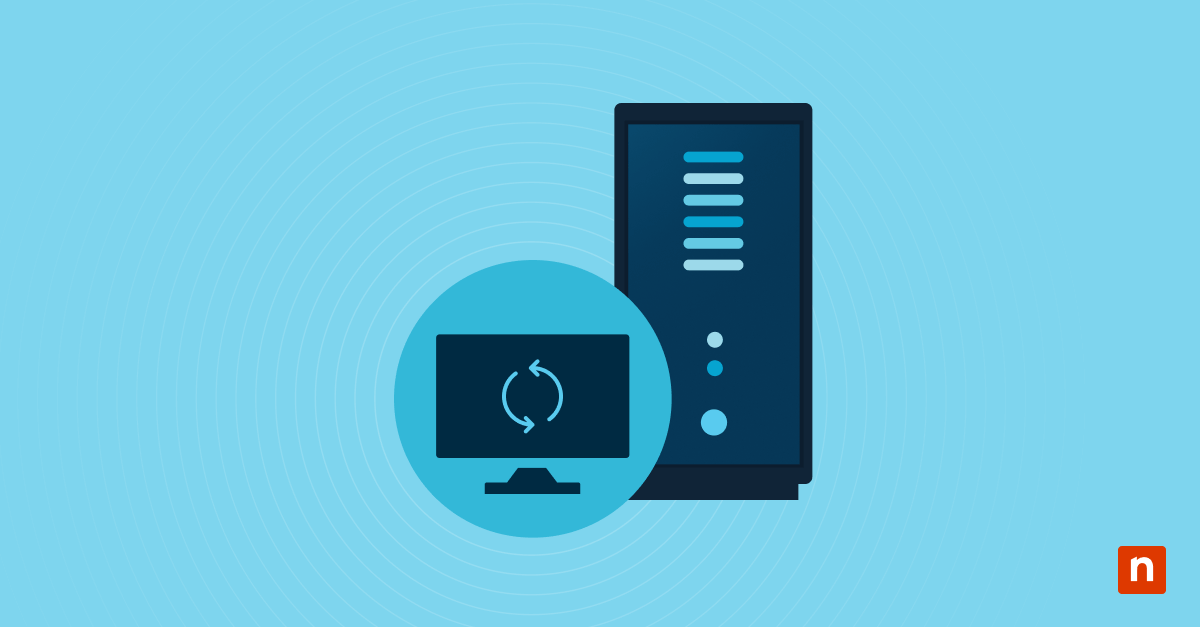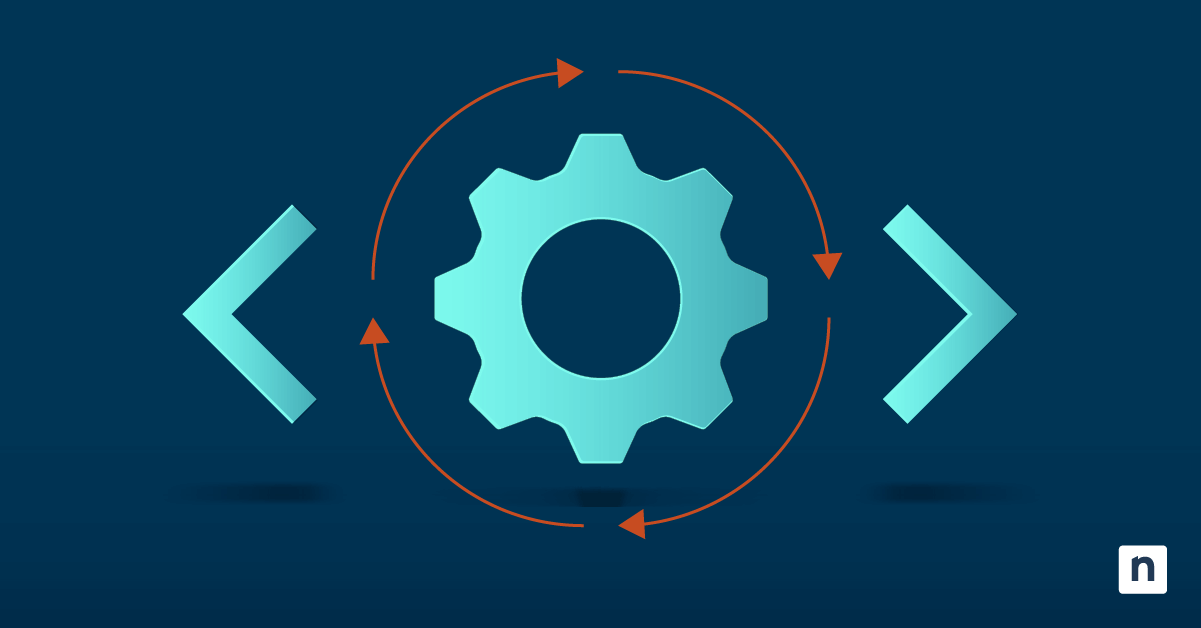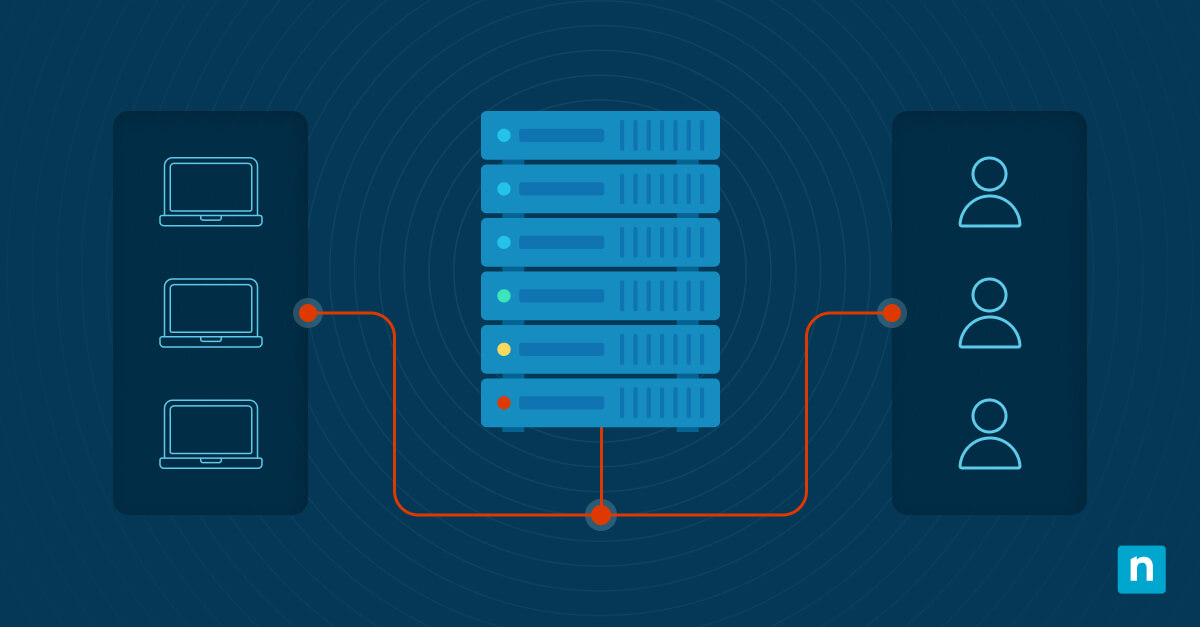Key Points
- Monetizing RMM (Remote Monitoring and Management) tools transforms them from operational costs into revenue-generating assets, which helps MSPs boost profitability through automation, scalability, and proactive service delivery.
- Automation reduces technician overhead by streamlining patching, monitoring, and remediation, and by allowing MSPs to manage more endpoints, lower labor costs, and increase efficiency without sacrificing service quality.
- RMM tools enable scalability, allowing small teams to manage thousands of devices, onboard clients faster, and standardize workflows across managed service agreements (MSAs) and break/fix environments.
- Profitable MSPs bundle RMM value into tiered or outcome-based pricing by charging clients for results like uptime, security, and proactive maintenance rather than hourly labor, improving margins and transparency.
Once upon a time, businesses relied solely on their sales and marketing teams to drive revenue. New, smarter approaches to business management have revealed that many other departments throughout an organization can increase revenue and improve profitability.
This holds true in the world of managed services providers. It’s no longer just about contracts, tech hours or projects — success involves monetizing as many aspects of your business as possible. Every solution and tool investment should turn a measurable profit.
Every managed services provider knows what a remote monitoring and management (RMM) tool does and how it increases productivity. In turn, RMM tools have a direct impact on the bottom line, usually by reducing labor costs (we’ll get more into this later).
But what many IT providers are missing out on is the opportunity to directly monetize their RMM tool. They simply see it as a fixed cost of doing business, an administrative tool and not a profit-generating tool that directly increases profitability. In short, they’re not actually charging for it.
But you most certainly can — many successful MSPs do — and we’re going to talk about how to do it.
But first, let’s take a quick look at the basics in terms of how tools like NinjaOne impact an IT provider’s bottom line.
Gain a deeper understanding of leveraging your RMM to enhance operational efficiency.
Managing Multiple Clients
First and foremost, we all know RMM is a tool for scaling. Remote management is what allows a few people to manage thousands of endpoints.
Scalability is a requirement for any successful business, and it would be impossible for an MSP to maximize growth without an RMM tool. Every new client would mean adding new resources to manage them, labor hours would grow exponentially, and every client would be an almost untenable financial risk.
So, an RMM tool allows you to take on more contracts with less overhead. This is “part one” of the tool’s profitability.
Automation Frees Up Time and Resources
You could spend hours upon hours working on trivial tasks that could easily be automated. And the more clients you have, the more technicians you would need to hire to handle the extra workload of said trivial tasks.
Considering labor costs are the most expensive line item on an MSP’s profit and loss statement, you want to avoid any time-wasting activities.
So don’t think of an RMM as just an administrative tool. Using RMM automation allows you to tap into the profitability-increasing potential of the tool. If you are just using it as a means to remotely access a machine or to interact with it at a desktop level on an “as-needed basis”, then you are not taking advantage of the time-saving automation capabilities of the tool.
This math here is pretty obvious. RMM tools reduce travel time and time spent on routine IT tasks while improving the customer experience. This means you greatly reduce labor costs and improve client satisfaction.
And there you have a second way that RMM tools help an MSP to succeed and grow.
Some RMM Automations that Keep You Profitable
- Monitor for continuous critical events
- Identify when a device is unintentionally rebooted
- Identify devices in need of a reboot
- Monitor for offline endpoints
- Monitor for hardware changes
- Monitor antivirus and automate scans
- Identify when disk space is approaching capacity and take
- Monitor for high memory usage
- Monitor whether critical applications are running (particularly for servers)
- Monitor for network utilization
- Automated patching
- Encrypt drives
- Perform scheduled tasks
- Perform scheduled reboots
Get more details on these and additional things you should be doing with your RMM here.
Now, you may be thinking that both of these benefits only apply to contract work.
If you’re billing a client for your time, what would be the point of spending less time on them? Or the cynical MSP might just be thinking that we’re talking about an RMM saving money, not making money. So let’s get into that next.
Monetizing RMM within a Break/Fix Model
Let’s first consider the case of the client you’re billing hourly, the break/fix model of providing IT services. Imagine that you normally spend 10 hours per month on this client on patching, server reboots, checking logs, and other regular administrative tasks, and bill them accordingly. Now, through the time-saving powers of RMM, you find out that you can do all of these things through the automation provided by your RMM.
Believe it or not, most people see this scenario and think: “Well, I just lost nine billable hours. How is this helping me?”
The key is to remember that your clients aren’t actually paying you for your time. They’re paying for results. They just want to know their systems are working when they need them and are optimized. In this scenario, the results they’re getting haven’t changed (they might even have improved), so there’s no reason to take hours off your bill. Why punish yourself for becoming more efficient?
There’s a good chance that you’re thinking, “Wow, this doesn’t sound right. How can I bill for work I didn’t do?” If so, that’s a good thing. It’s smart to be ethical, because business karma is no joke and your reputation has value.
When I was an MSP owner, I always focused on clients that made their money at their computer — primarily professional services — but I didn’t stop there or avoid other clientele. Some of my clients just needed some regular server maintenance, patching, and some hours to use as needed. For those clients I sold block hours, 10 hours at a time.
I looked historically at what it took to do complete tasks on their network. Four server reboots and patches per month totaling two hours of labor. I kept charging that once I had the RMM do it. In fact, in my PSA our RMM billed using the name Tech1 and it went right through to the invoices.
The clients didn’t complain. If anything, they were happier since we got this work done as promised and when scheduled with more precision using our RMM than techs accessing machines. I usually informed the client that we had added a level of automation, but I kept it simple and focused on the results they would see. In short, they were going to benefit from our ability to monitor, be proactive and responsive, and provide them the up-time and optimization that would help their business. I never received any pushback from any clients on this, and my MSP billed a lot of hours that were performed by my RMM.
What most managed service providers do is go for full transparency after the changeover to the RMM tool. Simply tell your clients that you’re now able to do a better job of maintaining their network with a tool that automates and completes critical maintenance tasks the right way each time. But don’t forget to attach a price tag to that value.
You bought the RMM tool, you set it up, you added the ability to proactively monitor and manage your clients’ machines, and — if set up correctly — you have strengthened your clients’ network. So charge for it! The client is used to paying a certain amount for this work, and the client doesn’t care if a tech patched a machine or a tool did it. They just want it done. Send the bill either for the hours as they originally were when manually doing the work, or bundle them as set tasks performed monthly, and send a bill for a flat rate each month for that amount.
Deliver more efficient IT management and boost client satisfaction with NinjaOne RMM.
Monetizing RMM with Managed Services Agreements
As a former MSP owner, I have direct experience monetizing RMM for both clients on managed services agreements as well as for those who were paying for pre-paid block hours. If you have ever tuned in to one of NinjaOne’s MSP Live Chats you have heard me say that a managed services agreement should become more profitable the longer it is in place. The logic behind that is you become more efficient in running a client’s network and reduce monthly service hours over time, hence making the contract more profitable.
In terms of administering a managed services agreement, the largest cost to the MSP in terms of overhead are technician hours. The primary way I lowered that cost was by leveraging the power of automation provided by my RMM.
Anything I could have my RMM do instead of a tech, I set it up and let it do the job. I saw the power of the tool, and how it could do the job of multiple techs and never call in sick or miss a repair window or forget to do something. I used my RMM in place of technician hours to get the job done, and thereby reduced the tech hours spent on managed service agreements. This, in turn, made them more profitable.
“Watching John with the machine, it was suddenly so clear. The Terminator would never stop. It would never leave him, and it would never hurt him, never shout at him, or get drunk and hit him, or say it was too busy to spend time with him.”
— Sarah Connor, Terminator 2: Judgement Day
When I think of how I monetized my RMM at my MSP, I think I viewed my RMM as my Terminator. It was never late, it never called in sick. It worked 24/7 and never complained. It never missed a deadline or forgot to do something. It was reliable and it made me money!
No revenue lost. Lots of time gained, and if you explain it correctly, the customer sees it as a net win for them — better, faster service without a price increase. If you aren’t fully monetizing your RMM, you should be.


